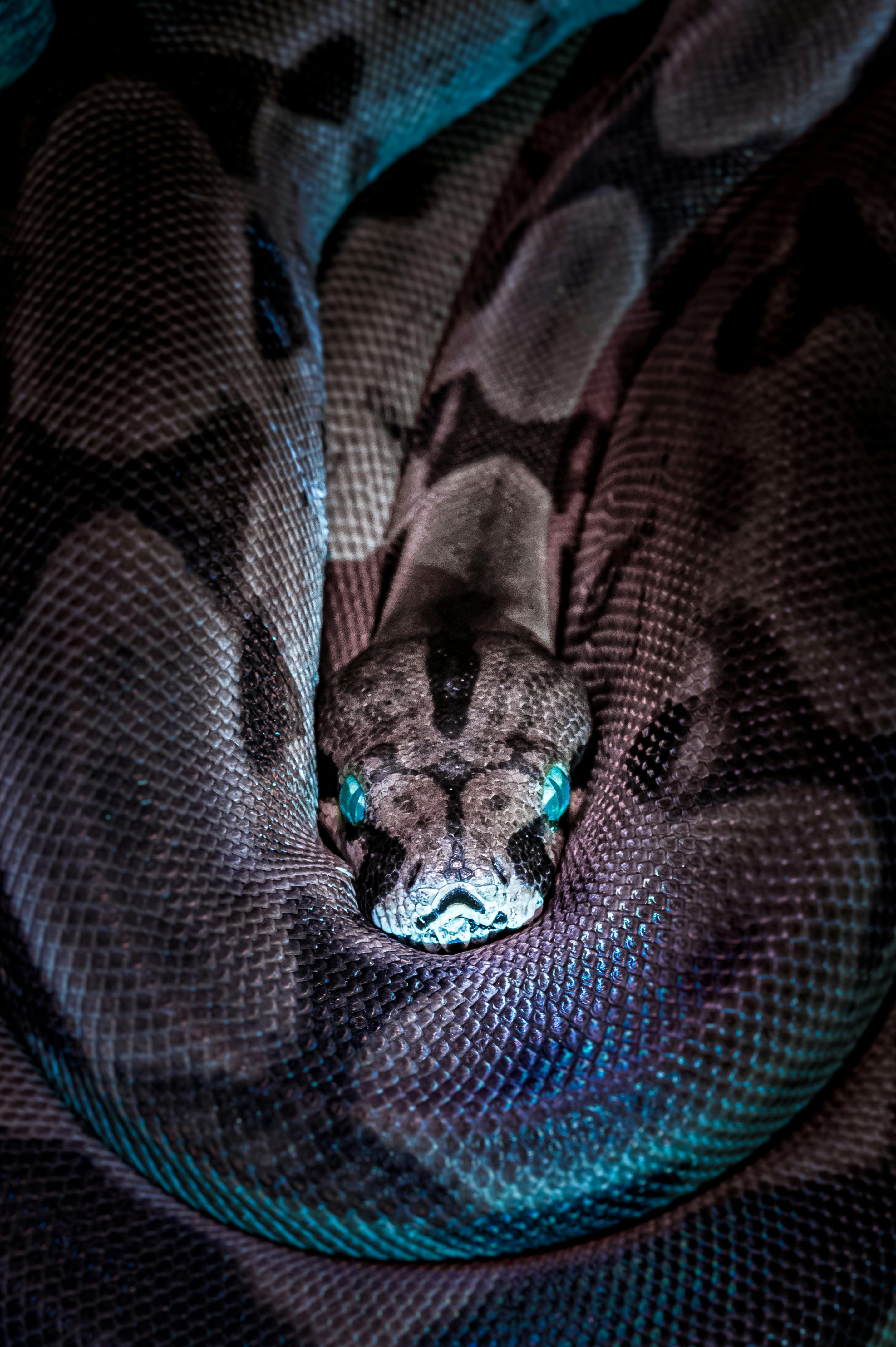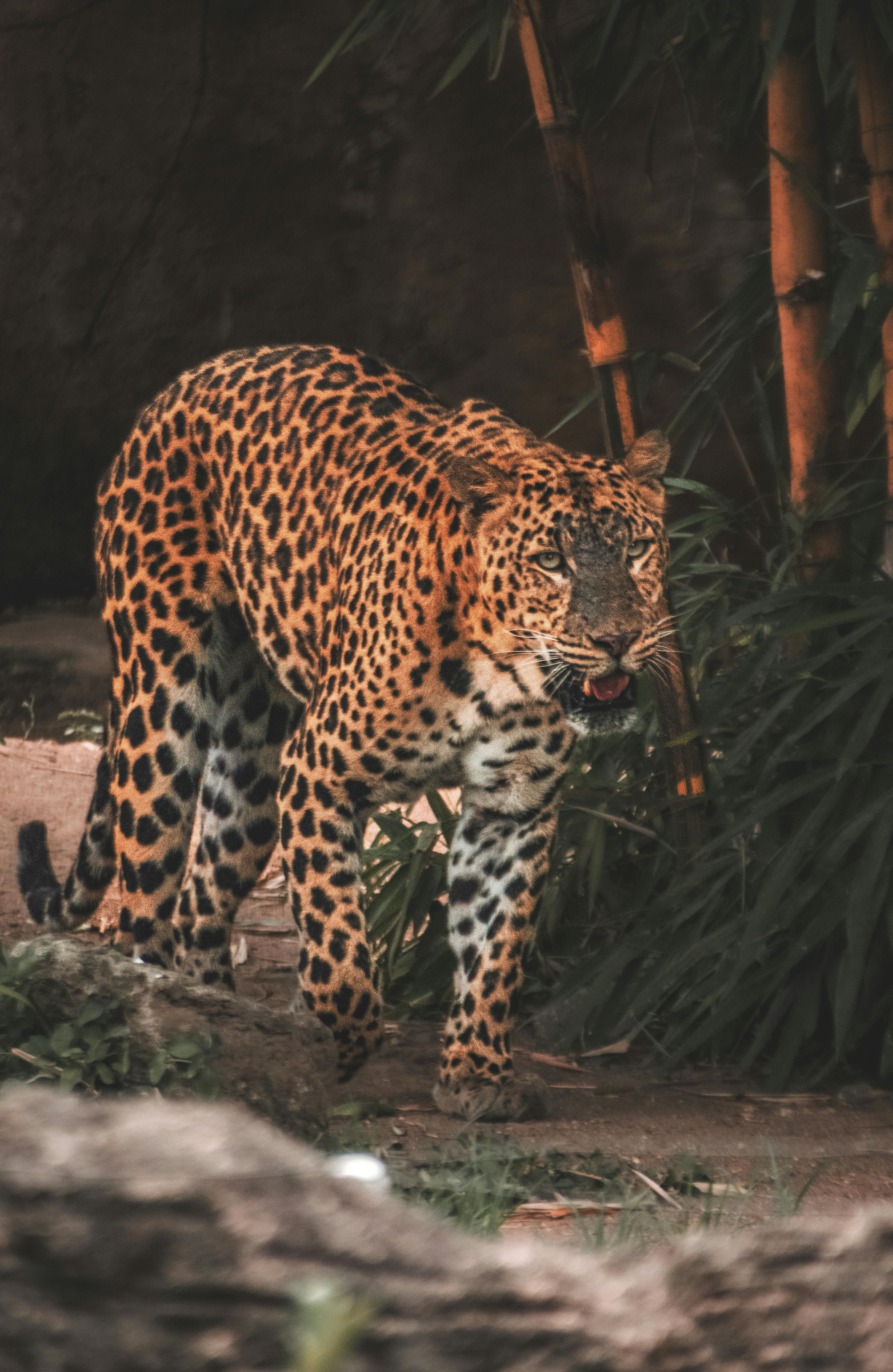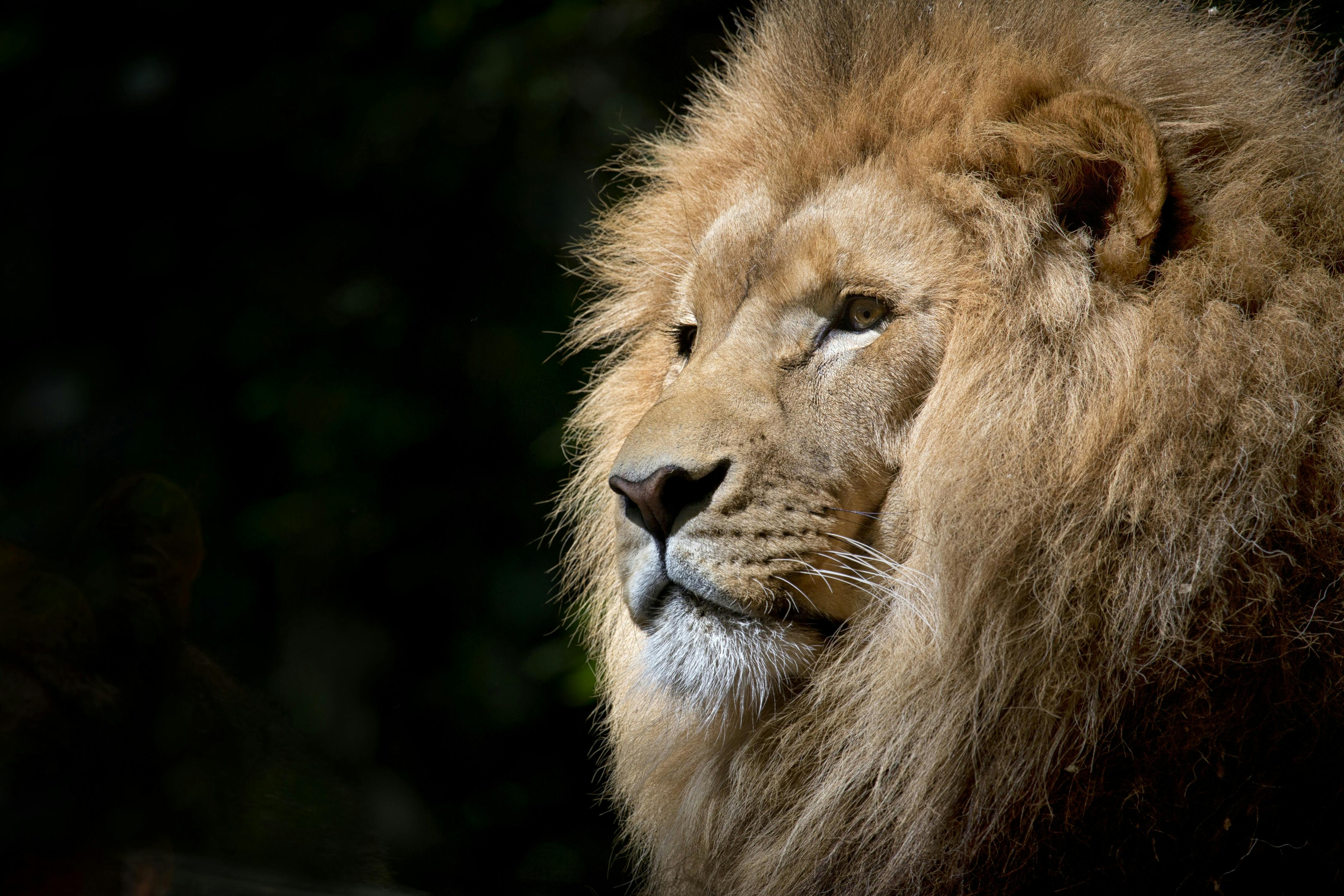Table of Contents
Have you ever wondered if capybaras have natural predators? These fascinating creatures, known as the world’s largest rodents, reside in certain parts of South America and are highly social animals. While they may appear docile and friendly, capybaras indeed have their fair share of predators. In this article, we will explore the natural predators that pose a threat to these lovable creatures and learn how they adapt to survive in their unique environment. So, let’s dive into the wild world of capybaras and discover the challenges they face from their natural foes.

Capybara Predation in the Wild
Capybaras, the largest rodents in the world, are fascinating creatures that inhabit lush, water-rich regions of South America. While they may seem gentle and docile, capybaras are not exempt from the harsh realities of nature. In fact, these gentle giants have their fair share of natural predators, which play a crucial role in maintaining the balance of their ecosystems.
1. Predator-Prey Relationships in the Ecosystem
Introduction to Predator-Prey Dynamics
In any given ecosystem, predator-prey relationships are an integral part of the intricate web of life. Predators play a vital role in regulating prey populations, which helps to prevent overgrazing or overpopulation. Capybaras, being herbivores, rely on plant material for sustenance. However, their presence also attracts various predators looking for a meal.
Importance of Balance in Ecosystems
Maintaining balance in ecosystems is crucial for the overall health and stability of the environment. When predator populations are thriving, they help control the numbers of prey species, preventing overconsumption of resources and maintaining biodiversity. Capybaras, with their abundance in some regions, contribute to the intricate balance required for a healthy ecosystem.
Role of Capybaras in the Food Chain
Capybaras, as herbivores, occupy an essential niche in the food chain of their habitats. They consume vast quantities of plants, including grasses and aquatic vegetation. By feeding on vegetation, capybaras help shape the structure of their habitats, which in turn influences the availability of resources for other animals. Their presence also facilitates nutrient cycling, as they excrete nutrient-rich waste that benefits the soil and plants.
Predation as a Control Mechanism
Predation acts as a crucial control mechanism in ecosystems, maintaining the right balance between prey and predator populations. The pressure exerted by predators on capybaras helps regulate their numbers, preventing overpopulation and the subsequent depletion of resources. This finely tuned system ensures the survival of both the prey and predator species in a delicate equilibrium.

2. Common Natural Predators of Capybaras
Capybaras face a range of natural predators that have evolved to exploit their vulnerabilities. These predators come in various shapes and sizes, reflecting the diverse ecosystems in which capybaras live. Let’s explore some of the common predators that pose a threat to these charismatic creatures:
Jaguar (Panthera onca)
The jaguar, known for its strength and stealth, is an apex predator that poses a significant threat to capybaras. With its powerful jaws and impressive hunting skills, the jaguar is capable of taking down even large capybaras. They use their keen senses to stalk their prey and execute well-coordinated attacks, making capybaras a part of their regular diet.
Anaconda (Eunectes sp.)
Anacondas, the massive constrictor snakes of South America, are another formidable predator that capybaras must contend with. Although anacondas primarily feed on aquatic prey, they are known to ambush capybaras when they venture near water bodies. Their ability to constrict and suffocate their prey gives them a significant advantage.
Caiman (Caiman sp.)
Caimans, members of the Alligatoridae family, are semi-aquatic reptiles that can have capybaras on their menu. With their powerful jaws and sharp teeth, caimans can launch swift attacks on unsuspecting capybaras that come too close to the water’s edge. Although they largely prey on smaller individuals, larger caimans can pose a threat to capybaras of any size.
Puma (Puma concolor)
Pumas, also known as cougars or mountain lions, are large cats that inhabit a wide range of habitats, including those overlapping with capybara territories. Although capybaras are not typically their primary prey, opportunistic pumas will not hesitate to target capybaras when other food sources are scarce. Their powerful builds and stealthy hunting tactics make them capable predators.
Ocelot (Leopardus pardalis)
Ocelots, small wild cats known for their striking spotted fur, are skilled climbers and hunters. They primarily prey on small to medium-sized animals but have been documented attacking capybaras on occasion. Despite their relatively small size, ocelots are adept hunters and can pose a threat to capybaras, especially the young and vulnerable.
Jaguarundi (Puma yagouaroundi)
Jaguarundis, resembling a mix between a small wildcat and a weasel, are elusive predators that inhabit various forested habitats. Although not as well-known as some of the other predators, jaguarundis are agile and opportunistic hunters. While capybaras are not their main target, they can still fall victim to a jaguarundi’s hunting prowess.
Harpy Eagle (Harpia harpyja)
The Harpy Eagle, with its enormous size and powerful talons, stands among the largest and most powerful eagles in the world. Capable of snatching prey as large as monkeys, the harpy eagle can also pose a threat to capybaras, particularly the younger and more vulnerable ones. Their presence in capybara habitats adds another level of danger to these gentle giants.
Giant Otter (Pteronura brasiliensis)
Giant otters, as the name suggests, are the largest members of the otter family. With their sleek bodies and sharp teeth, they are skillful predators in both water and on land. While they primarily feed on fish, they are opportunistic hunters and won’t hesitate to prey on smaller capybaras.
Yellow Anaconda (Eunectes notaeus)
Yellow anacondas are a species of anacondas slightly smaller than their green counterparts. Despite their smaller size, they are formidable predators well-equipped to hunt in water. Capybaras that come within striking distance may become targets for yellow anacondas, which possess the strength and skill to successfully overpower their prey.
Black Caiman (Melanosuchus niger)
Black caimans, the largest members of the alligator family, are apex predators occupying the same range as capybaras. With their massive bodies and formidable jaws, black caimans are capable of taking down even adult capybaras. They lie in wait near water bodies, camouflaged to blend seamlessly with their surroundings, making capybaras vulnerable to their stealthy attacks.
3. Threats to Capybaras
Capybaras face various threats that jeopardize their populations, predation being just one aspect of these challenges. Let’s explore some of the other factors that contribute to the vulnerability of these fascinating creatures:
Habitat Loss and Fragmentation
As human populations expand and encroach upon natural habitats, capybaras face the loss and fragmentation of their habitats. The destruction of wetlands, grasslands, and forests reduces the availability of suitable habitats for capybaras to thrive. Lacking secure areas, capybaras become more exposed to predation and are forced to adapt to suboptimal environments.
Human-Wildlife Conflict
As capybaras increasingly come into contact with human populations, conflicts arise. Capybara populations can surge in certain areas, leading to conflicts with farmers over crop damage. In response, some farmers resort to predator control methods, which can disrupt the delicate balance of predator-prey relationships and negatively impact capybara populations indirectly.
Poaching and Illegal Trade
Capybaras are valued for their meat, fur, and other body parts in some regions, leading to poaching and illegal trade. Unsustainable hunting practices can put tremendous pressure on capybara populations, leading to population declines and disruption of natural predator-prey dynamics. Strict enforcement of wildlife protection laws is crucial to safeguard capybaras from these threats.
Disease and Parasites
Like any other wildlife species, capybaras are susceptible to diseases and parasites. The spread of infectious diseases, such as Trypanosomiasis and Leptospirosis, can have devastating consequences for capybara populations. Additionally, parasites, such as ticks and fleas, can cause harm, affecting capybaras’ overall health and making them more vulnerable to predation.

4. Impact of Predators on Capybara Population
Predator-Prey Co-evolution
Over generations, predators and prey species often engage in a co-evolutionary arms race. Predator populations select for traits that enhance their hunting prowess, while prey species develop adaptations to evade predation. Capybaras have evolved various strategies to minimize their predation risk, such as vigilance, group living, and behavioral adaptations.
Regulation of Capybara Numbers
Predators play a vital role in regulating capybara populations. Their presence keeps capybara numbers in check, preventing overpopulation and the subsequent depletion of resources. The pressure exerted by predators encourages capybaras to disperse and maintain a natural balance, benefiting both their own population and the ecosystem.
Effects of Predation on Reproduction
Predation can have significant impacts on capybara reproductive success. High predation pressure can lead to increased stress levels among capybaras, which may result in reduced reproductive fitness. In some cases, predation can even lead to population declines if the pressure is too intense and capybaras are unable to reproduce at a sustainable rate.
Behavioral Adaptations to Evade Predators
Capybaras have developed behavioral adaptations to minimize their chances of falling victim to predation. Living in large social groups, capybaras can benefit from the “many eyes” effect, where multiple individuals are on the lookout for potential threats. Additionally, capybaras are excellent swimmers, allowing them to escape predators by diving into water bodies and utilizing their aquatic habitats as a refuge. Their ability to camouflage and their keen senses of smell and hearing also aid in predator detection and evasion.
5. Conservation Efforts and Management
Protection of Capybara Habitats
Conserving and protecting capybara habitats is crucial for their long-term survival. This entails preserving wetlands, grasslands, and forests, which serve as their primary habitats. Implementing protected areas, establishing wildlife corridors, and promoting sustainable land-use practices can ensure the preservation of suitable habitats for capybaras and the myriad of species that depend on these ecosystems.
Monitoring and Research
Gaining a comprehensive understanding of capybara populations and their dynamics is essential for effective conservation management. Monitoring efforts, including population surveys, tracking behaviors, and collecting ecological data, can provide crucial insights into capybara populations’ health, demographics, and interactions with predators. Research initiatives can further explore the complex relationships between capybaras, predators, and their habitats, informing conservation strategies.
Community Engagement and Education
Promoting community engagement and education is vital for fostering a conservation ethic and garnering local support for capybara conservation. By raising awareness about the ecological importance of capybaras and the need to protect their habitats, communities can play an active role in fostering positive attitudes towards wildlife conservation and minimizing human-wildlife conflicts.
Legal Frameworks and Enforcement
Establishing and enforcing robust wildlife protection laws and regulations is paramount to combat poaching, illegal trade, and habitat destruction. Collaborative efforts among government agencies, conservation organizations, and local communities can help ensure the effective implementation of these legal frameworks, safeguarding capybaras and their habitats from further threats.
6. Capybaras in Captivity
Predator Control in Captive Settings
Capybaras kept in captivity, such as zoos or sanctuaries, require protective measures to mitigate the risk of predation. Enclosures must be designed and maintained with predator control in mind, ensuring capybaras are safe from potential threats. Considerations such as proper fencing, appropriate lighting, and secure shelter are essential for providing optimal protection.
Enclosure Design and Safety Measures
Enclosure design plays a crucial role in protecting captive capybaras from predation. It should include features like sturdy fences, barriers to prevent access from predators, and surveillance systems to monitor potential threats and ensure timely response. Maintaining proper vegetation cover within the enclosure can also mimic their natural habitat while providing additional hiding spots.
Health and Welfare Considerations
Captive capybaras’ health and welfare must be prioritized to ensure their overall wellbeing. Regular veterinary care, nutritious diets, and sufficient environmental enrichment are necessary for their physical and psychological health. By providing a conducive and stress-free environment, captive capybaras can thrive and live fulfilling lives.
Breeding Programs and Genetic Diversity
Captive breeding programs can contribute to the conservation of capybaras, particularly when their wild populations are at risk. These programs aim to maintain genetic diversity and create sustainable captive populations, which may serve as a reservoir for future reintroductions. Collaborative efforts among institutions can enhance the success of these breeding programs and promote the long-term survival of capybaras.
7. Predation Avoidance Strategies of Capybaras
Capybaras have evolved various strategies to evade predation throughout their evolutionary history. These behaviors and adaptations have allowed capybaras to coexist with their predators. Let’s explore some of the key predation avoidance strategies employed by capybaras:
Vigilance and Group Living
Capybaras have a remarkable sense of vigilance and rely on their ability to detect potential threats. By living in large social groups, capybaras benefit from cooperative vigilance, where individuals take turns keeping watch for predators. This “many eyes” effect helps to detect predators more efficiently and provides early warning, enabling group members to escape collectively.
Camouflage and Concealment
Capybaras have a natural advantage in the form of their coloration, which allows them to blend into their surroundings. Their brownish fur, speckled with black and gray, provides excellent camouflage within their habitats. This camouflage helps capybaras to remain inconspicuous and avoid drawing the attention of predators.
Scent and Sound Communication
Capybaras utilize scent and sound communication to maintain group cohesion and alert others to potential dangers. They possess specialized scent glands, which they use to mark their territory and communicate with other capybaras. Vocalizations, including alarm calls, are instrumental in conveying the presence of predators to nearby individuals, ensuring the group’s safety.
Swimming and Aquatic Behavior
Capybaras are superb swimmers, and their aquatic habitats provide a refuge from potential predators. When sensing danger, capybaras can swiftly dive into water bodies, escaping from immediate harm. Their streamlined bodies and webbed feet aid in efficient swimming, allowing them to navigate the water with ease.
8. Unusual Predators and Predation Events
Predation by Non-Native Species
In some regions where capybaras have been introduced, they can face predation by non-native species. For example, in certain parts of the United States, capybaras, originally native to South America, have been introduced into the wild. In these cases, they may encounter predators not typically found in their native range, such as large carnivores or invasive species.
Uncommon Predators in Specific Regions
Depending on the specific region and habitat, capybaras may face predation from less commonly known or documented predators. These could include certain bird species, smaller felids, or even opportunistic predators like scavengers. Investigating such predation events can enhance our understanding of capybara ecology and the complex dynamics among predator species.
Unusual or Rare Predation Situations
Occasionally, predation events involving capybaras may deviate from the expected patterns. Unusual predation situations, such as predation attempts on large adult capybaras by smaller predators, can occur. These occurrences may be associated with specific circumstances, such as scarcity of alternative prey or predator behavioral adaptations, and warrant further research to better comprehend the underlying factors.
10. Conclusion
Capybaras, despite their large size and formidable presence, face a myriad of predators in their natural habitats. The delicate balance of predator-prey relationships in their ecosystems highlights the interconnectedness of all species. By understanding the threats capybaras face and implementing effective conservation efforts, we can ensure the long-term survival of these gentle giants and preserve the delicate web of life they are an integral part of. Maintaining ecosystem balance, protecting habitats, and fostering coexistence with local communities are crucial steps in securing a future where capybaras can thrive alongside their predators, contributing to the beauty and diversity of our planet.

